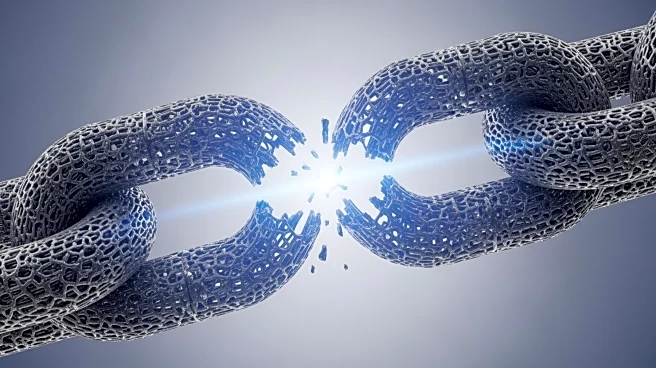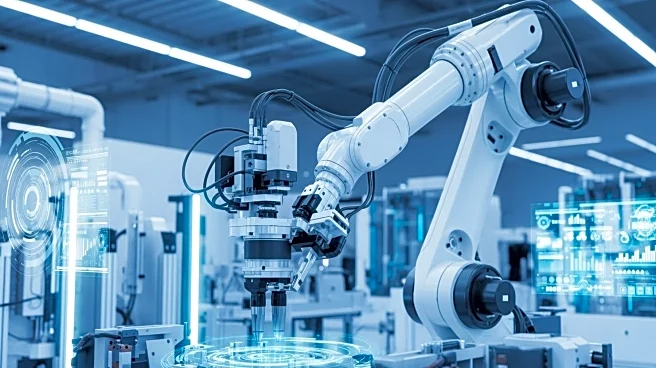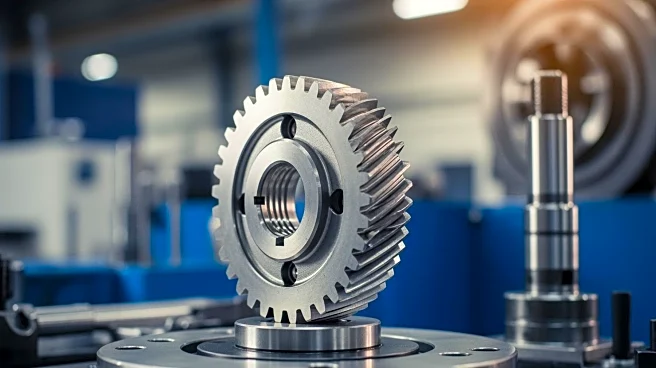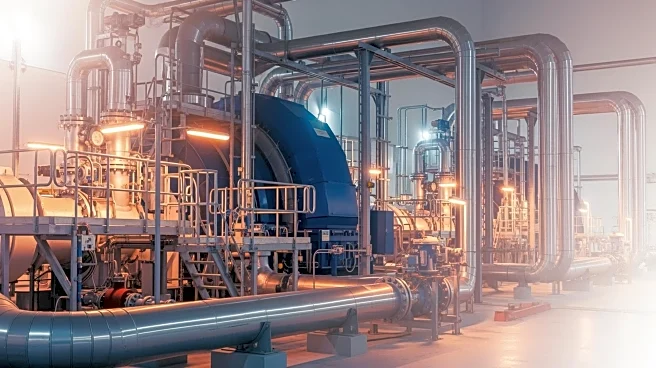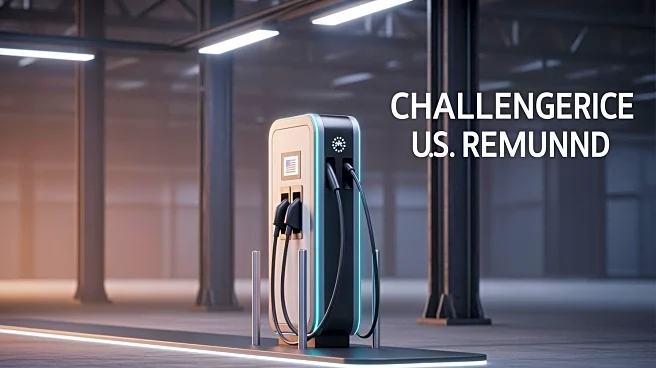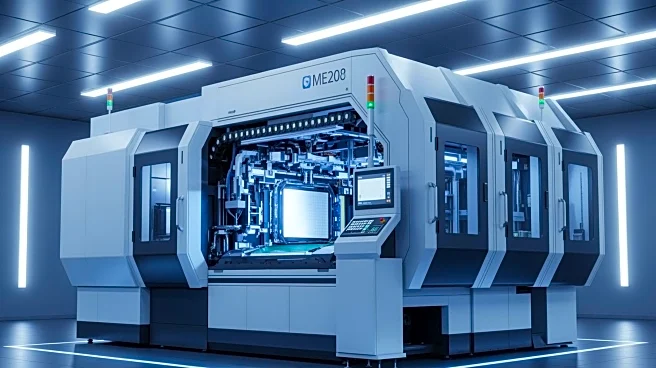What's Happening?
The global market for self-healing polymers is anticipated to grow significantly, with projections estimating a market size increase from $2.137 billion in 2024 to $4.967 billion by 2031. This growth,
at a compound annual growth rate (CAGR) of 12.8%, is driven by increased adoption across various industries, technological advancements, and evolving consumer preferences. Self-healing polymers are smart materials capable of repairing damage such as cracks or scratches autonomously, mimicking biological healing processes. These materials are utilized in sectors like aerospace, automotive, electronics, and biomedical devices, where durability and reliability are crucial. The market expansion is also supported by strategic mergers, acquisitions, and partnerships, although challenges such as low-cost substitutes and raw material price volatility remain.
Why It's Important?
The expansion of the self-healing polymers market is significant for several U.S. industries, particularly those focused on innovation and sustainability. As these materials enhance product longevity and reduce maintenance costs, industries such as automotive and aerospace stand to benefit from improved product reliability and reduced lifecycle costs. The growth in this market also reflects broader trends towards smart materials and sustainable solutions, aligning with global shifts towards reducing environmental impact. Companies investing in these technologies may gain competitive advantages, while those reliant on traditional materials might face increased pressure to innovate.
What's Next?
As the market for self-healing polymers grows, companies are likely to increase their research and development efforts to enhance the efficiency and applicability of these materials. The U.S. may see increased regulatory support for sustainable materials, potentially influencing market dynamics. Additionally, strategic partnerships and acquisitions could accelerate technological advancements and market penetration. Stakeholders will need to navigate challenges such as compliance with complex regulations and managing supply chain risks to capitalize on growth opportunities.
Beyond the Headlines
The development of self-healing polymers could lead to significant shifts in manufacturing and product design, emphasizing sustainability and efficiency. This trend may also influence consumer expectations, driving demand for products that offer longer lifespans and reduced environmental impact. The integration of these materials into everyday products could redefine industry standards and consumer habits, promoting a culture of sustainability and innovation.
